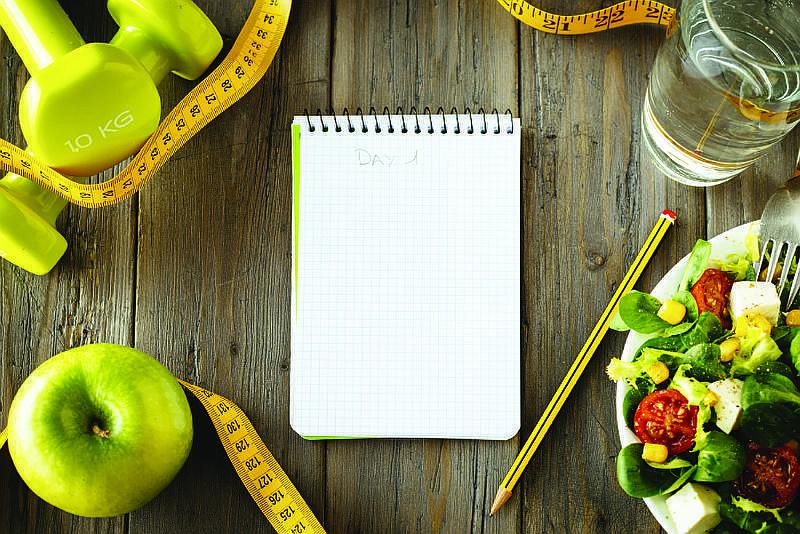While salt may be an easy way to make food taste better, it is not good to eat too much salt since it may raise your blood pressure or worsen your heart health in general. And generally, Americans eat too much sodium. But the world of seasoning without sodium (a major part of salt) is tricky to navigate. Here is some advice to help on your way to seasoning without salt.
Add acid. Lemon juice and vinegar can curb salt cravings when added to a dish. You may not need much, so use a light hand when adding to foods.
Season with spices other than salt. Pepper is a common and widely accepted salt-free seasoning. Mrs. Dash has a line of seasoning blends that are made up of herbs and spices with no sodium. Try basil, oregano and/or parsley for Italian dishes. Try cumin, paprika, cilantro, lime juice and/or pepper for Latin dishes. Try coriander and/or turmeric for Indian dishes.
Use flavorful vegetables and herbs. Chop up vegetables such as carrots, celery, onions, garlic, bell peppers or other vegetables and cook in oil until soft. Alternatively, you can cook these vegetables until they have a beautiful caramel color, which will provide a sweeter flavor. Think of fajitas. The caramelized onions and bell peppers give the meal a delicious, slightly sweet addition that the grilled chicken or steak would not be the same without. Any way you cook them, vegetables add a wonderful depth of flavor to many dishes.
Avoid salt substitutes, such as No Salt, Nu Salt and Lite Salt, because they are high in potassium. Too much potassium from salt substitutes can be dangerous.
If you have to use salt, do so sparingly. Use half or a quarter of the salt that a recipe calls for (except when canning - don't adjust the salt content of canning recipes). Sprinkle a little salt on top of something, then see how it tastes. Use the least amount of salt you can get away with. Buy a salt blend (season salt, for example) that is lower in sodium than the original.
Finally, start today. Cut back on salt and try your hand at adding other seasonings to season your food with impact.
Lynn Grant R.D., L.D., CDE is a Registered Dietitian and Certified Diabetes Educator. She works at Capital Region Medical Center and provides outpatient nutrition counseling and diabetes education by appointment. She also writes a weekly blog, which you can view at nutritionnotions.wordpress.com.
SALT-FREE TACO SEASONING BLEND
This taco seasoning is a favorite in my house. Many of the ingredients may already be in your spice cabinet! Plus, it's cheaper per teaspoon than buying a high-sodium taco seasoning packet.
Makes: 13 teaspoons (the equivalent of 1 taco seasoning packet)
1 tablespoon dried onion flakes
2 1/2 teaspoons chili powder
2 1/2 teaspoons cumin
2 teaspoons dried oregano
1 teaspoon garlic powder
1 teaspoon paprika
1 teaspoon black pepper
Combine all ingredients in an air-tight container and store in a cool, dry place for up to 1 year.
Nutrition Information (per teaspoon): 6 calories, 0 g total fat, 0 g saturated fat, 0 g trans fat, 22 mg sodium, 35 mg potassium, 7 mg phosphorus, 1 g total carbohydrate, 0 g dietary fiber, 0 g added sugars, 0 g protein.


